Millions of Indians marked Diwali on Wednesday by lighting a record-breaking 2.51 million oil lamps in Ayodhya, Uttar Pradesh.
The display commemorated the beginning of India's biggest Hindu festival.
Held along the river Saryu, the event saw thousands of volunteers illuminate the city in a captivating display that stretched across almost one mile, setting a new Guinness World Record and surpassing last year's total of 2.2 million lamps.
Diwali, a five-day festival of lights (Oct. 29-Nov. 3), symbolizes the triumph of light over darkness and is celebrated by socializing, exchanging gifts, and performing rituals.
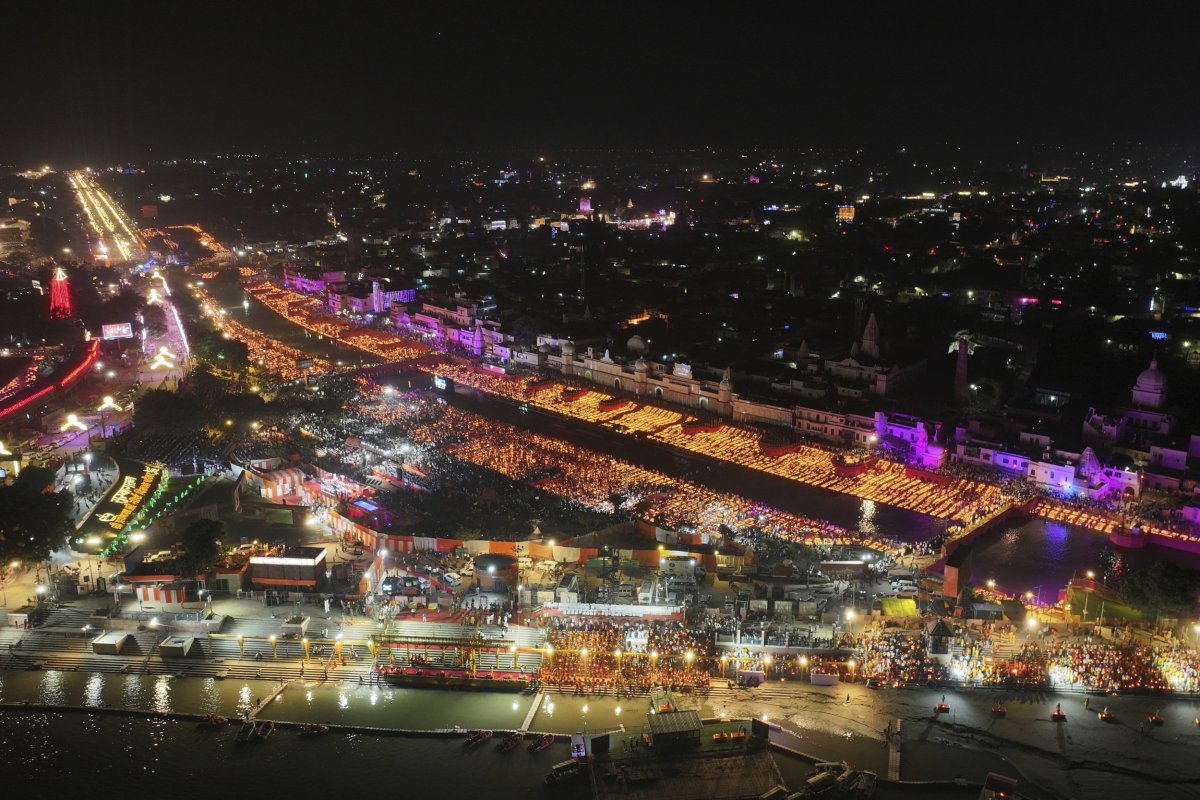
India's Guinness World Record-Winning Light Display
The record-setting display was organized by thousands of volunteers, who lined the riverbanks, roads, and rooftops with oil lamps known as diyas.
"More than 30,000 volunteers, primarily college students, worked meticulously to maintain the systematic pattern of burning lamps for the prescribed time," said Dr. Pratibha Goyal, vice chancellor of Dr. Ram Manohar Lohia Avadh University, who coordinated the effort.
A certificate from Guinness World Records was presented to Uttar Pradesh Chief Minister Yogi Adityanath to honor the achievement.
Approximately 24,000 gallons of mustard oil were used to keep the lamps alight for over five minutes, according to government spokesperson Shishir Singh.
He added that this marked Ayodhya's seventh consecutive world record for the largest oil lamp display.

PM Modi Celebrates First Diwali at Ram Temple
The celebrations come nearly a year after Prime Minister Narendra Modi inaugurated a controversial Hindu temple on the site of a demolished mosque, a project seen as a significant political victory.
The temple's construction was a long-standing demand among Hindu groups.
Hindus widely revere Ayodhya as the birthplace of the deity Lord Ram, and the construction of the Ram Temple there—following decades of legal and religious disputes—is celebrated as a symbol of Ram returning to his spiritual home.
This event is seen by some as a step toward reclaiming India's heritage after a bout of religious occupation and conflict.
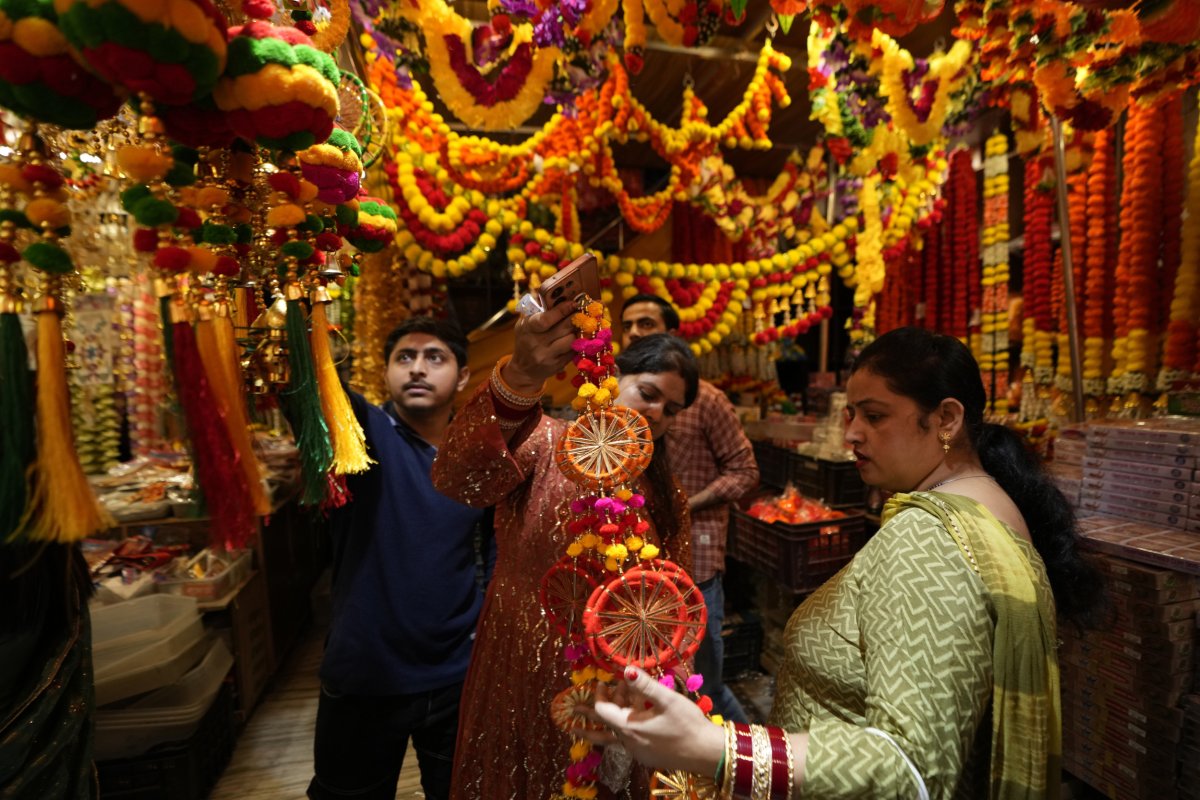
Ayodhya's High-Security Amid China Border Tensions
Over 8,000 guests attended its consecration in January, with Modi remarking the event as a fulfillment of "the dream that many have cherished for years."
Modi recently marked Diwali by visiting troops stationed near the Line of Actual Control, where he spoke of unity and peace in light of ongoing border tensions with China.
Security measures for Ayodhya's festival of lights were extensive.
Drone cameras were used to closely monitor the event. Paramilitary commandos, bomb detectors, dog squads and face-recognition technology were all sourced, said police officer Rajkaran Nayyar.
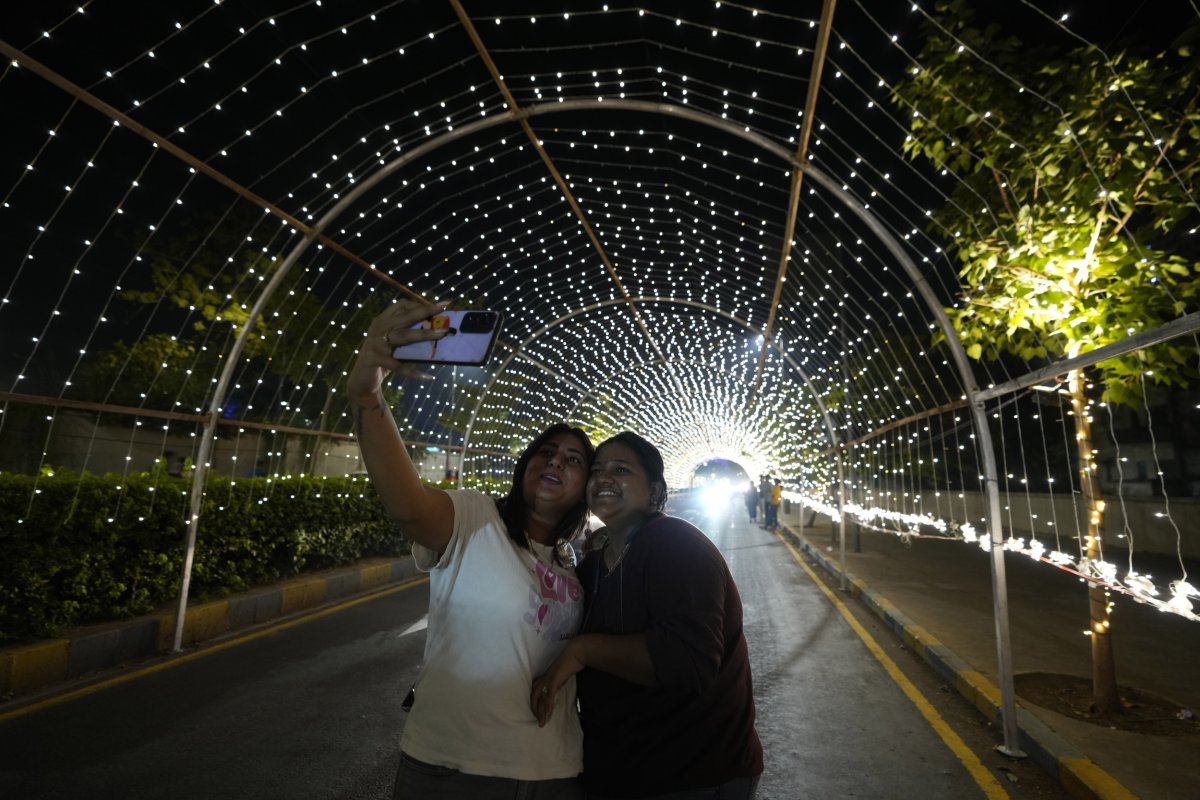
Delhi Plagued By Diwali Firework Smog
While the scene in Ayodhya was festive, residents in Delhi and northern India are experiencing elevated air pollution levels, a persistent issue that typically worsens during Diwali due to widespread firecracker usage.
Smog intensified across Delhi this week, prompting officials to discourage the use of fireworks, which contribute to the city's already severe air quality crisis.
However, an eco-friendly fireworks show replaced traditional fireworks in Ayodhya, complementing the celebration with a laser show depicting scenes from the Ramayana, an ancient Hindu epic.
As Diwali continues, many across the country will offer prayers to the Hindu goddess Lakshmi, believed to bring prosperity and fortune.
Diwali's main celebrations will be held across the country on Thursday.
This article includes reporting from The Associated Press






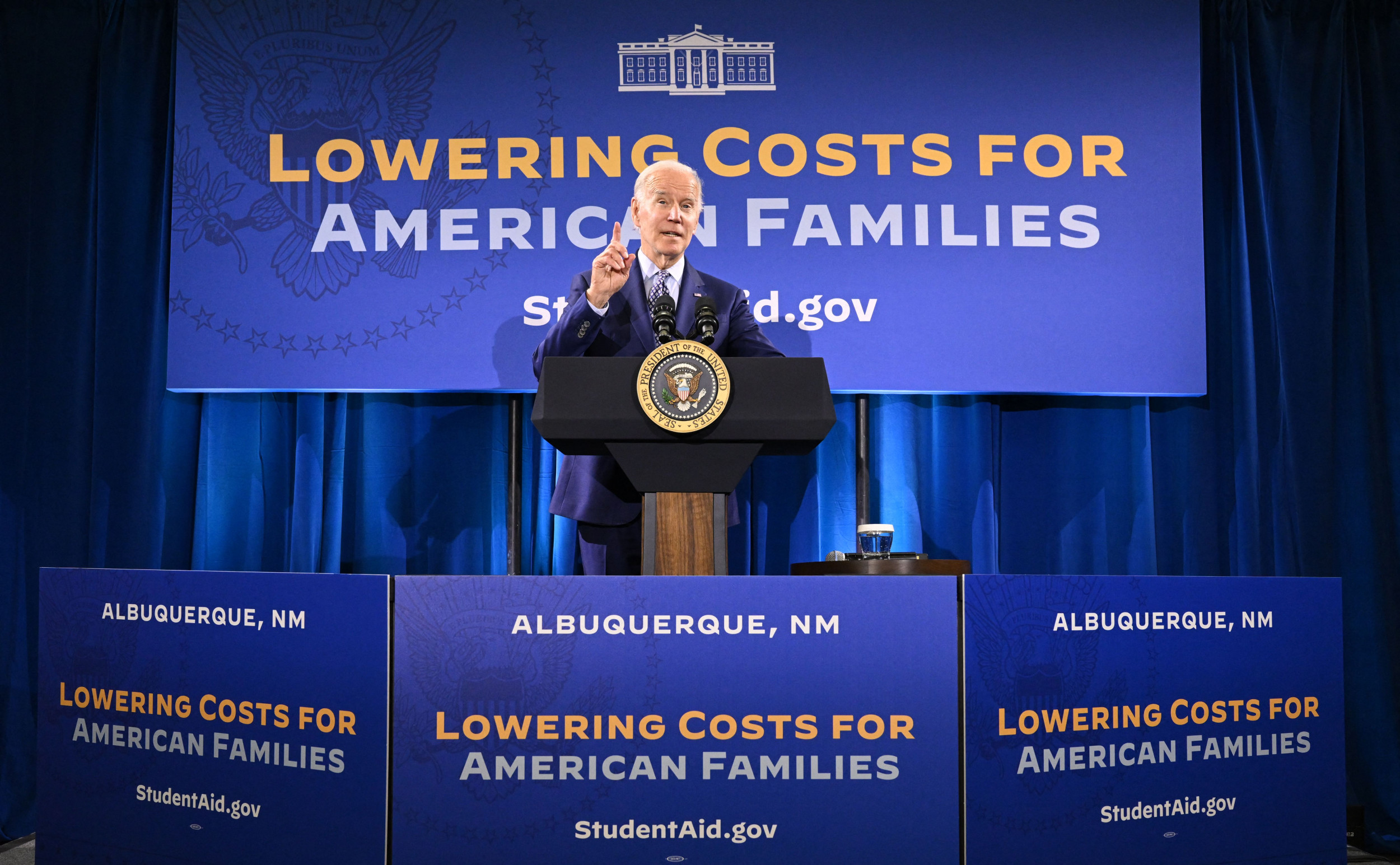


![SOURCE SPORTS: [WATCH] Mets Capt. David Wright Gives Interesting Insight On The Honor Of His Jersey Retirement In Citi Field](https://thesource.com/wp-content/uploads/2025/01/01fs75fy836w8mp4ytwr.webp)
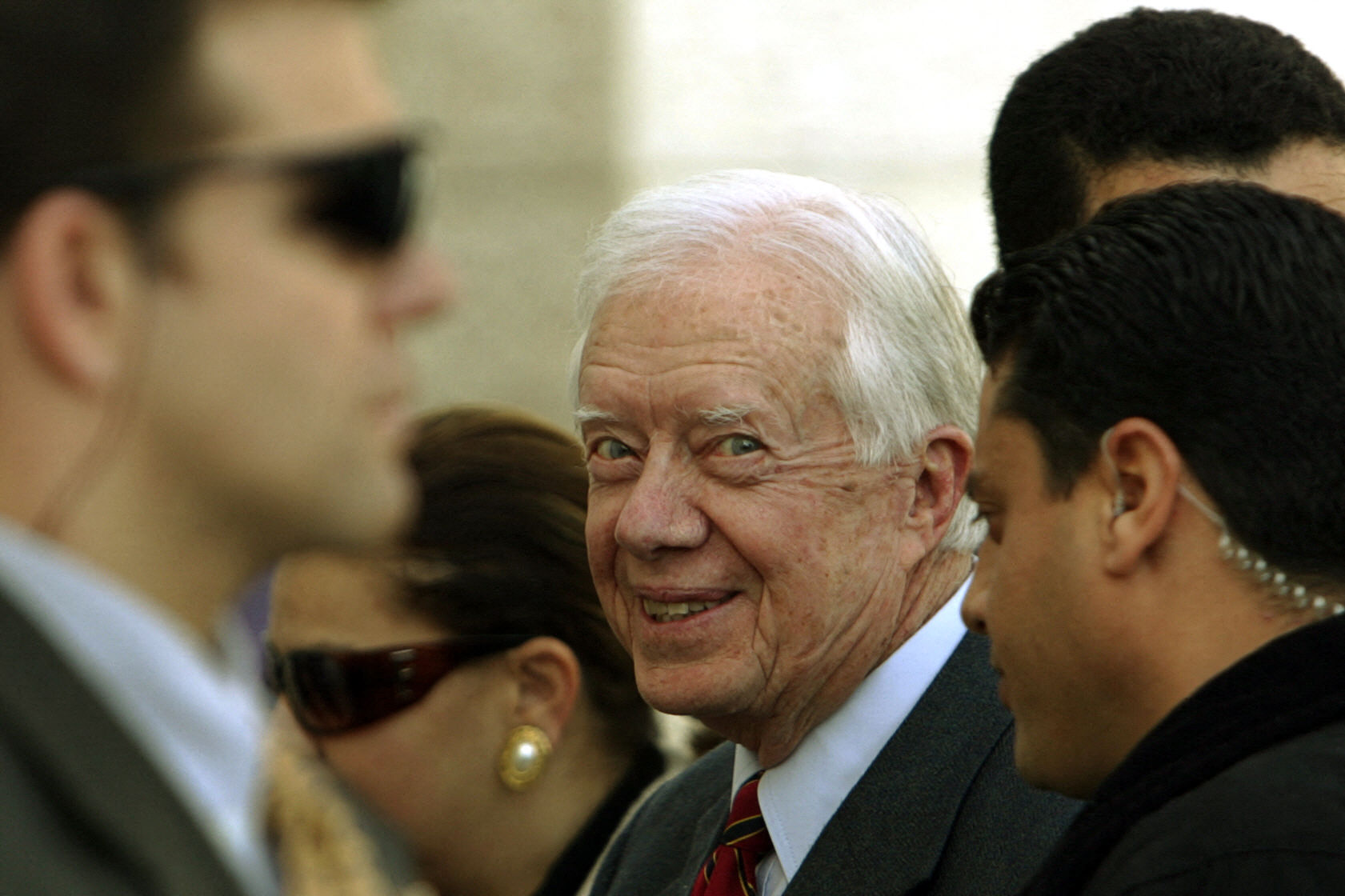









 English (US) ·
English (US) ·